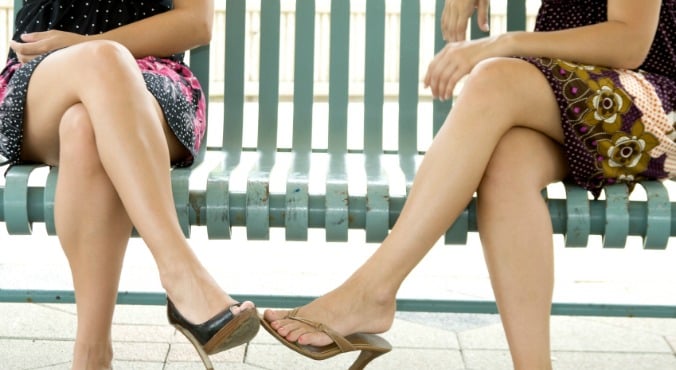
Image: iStock
After her first child was born six years ago, Kirsten Fagan found exercising a little trickier than usual.
“I found that when I used to jump or do skipping or the treadmill, I needed to pee all the time. It was like, I can’t do this for longer than two minutes, I’ve gotta go,” the 36-year-old mum of two recalls. “I remember thinking, well, I’ll never run like I did before.”
Being a former professional athlete, this was incredibly frustrating for Kirsten – but it’s also a situation lots of us can relate to. The hormonal changes that pregnancy and menopause cause in a woman’s body can trigger a range of side-effects, particularly in the vagina. Stress incontinence, dryness, laxity and irritation are just a few symptoms of vaginal atrophy – the thinning of the vaginal walls as a result of the ovaries releasing less oestrogen.
The 8 emotional stages of pelvic-floor failure
Around half of Australian women will suffer from these symptoms in their lifetime, although not all of them will bring up the topic with their doctors. And until recently, treatments have been limited to topical creams and hormone replacement therapy, which aren’t always suitable.
However, Australian clinics are starting to offer a procedure called Mona Lisa Touch, which has been touted as a major step forward for women’s health. Despite what the name suggests it doesn’t mean a vagina follows you around the room. No. It’s a laser treatment that rejuvenates the vagina walls, without using hormones or surgery.




























































































